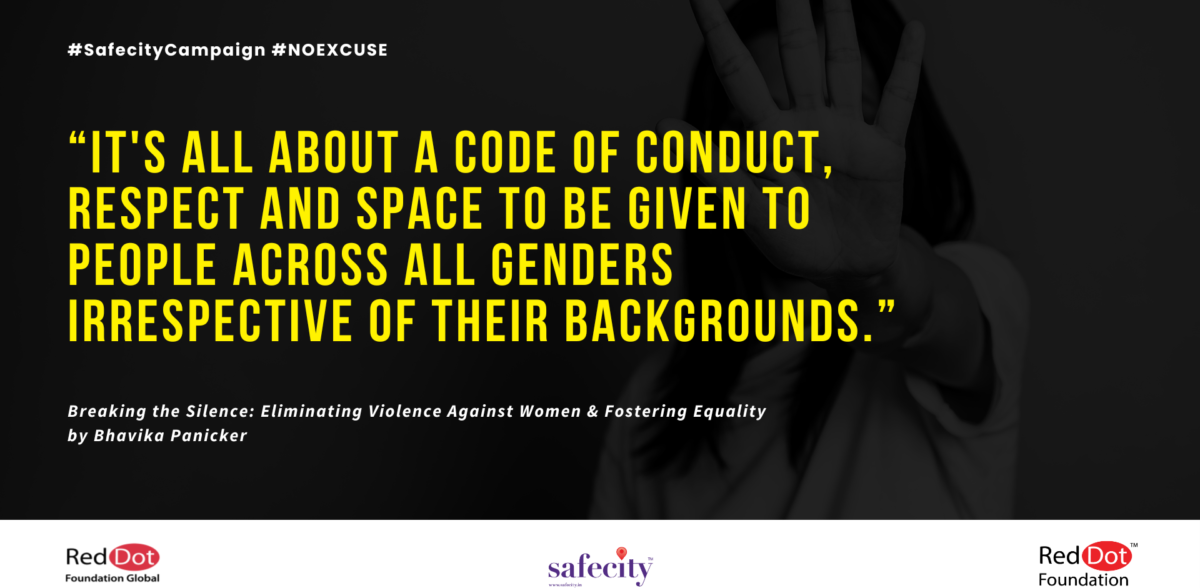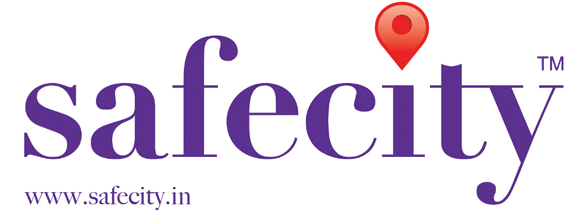Breaking the Silence: Eliminating Violence Against Women & Fostering Equality

By Bhavika Panicker
TW: Mentions of Abuse
Violence against women is a serious problem. It encompasses physical, emotional, sexual, psychological and financial abuse. Society has a better awareness of the violence that takes place in public than in private spaces. However, women experience violence in the form of marital rape, dowry death, female infanticide and domestic violence. These issues have remained covered in society for a long time as women have been silenced for the sake of their families. An article by the United Nations titled “Facts and Figures: Ending Violence Against Women” reveals that one out of three women experiences violence in their lifetime. This suggests that several forms of violence exist and the chances of violence increase in the private spaces as the victim has lesser access to resources which can act as an aid.
Physical abuse can include hitting, pushing, choking, kicking and stabbing. Psychological and emotional abuse can include threatening, humiliation, and isolating a person. These occur through bonds of intimacy and families. Moreover, intimate bonds increase the chances of sexual violence. These can take the form of marital rape, forcing someone to watch porn and engage in prostitution. A research paper titled “Historical Study of Prostitution Trade in India: Past and Present” reveals that India is one of the countries which have a lesser-known history of prostitution and forced sexual labour. The instances of such cases were much higher earlier because women weren’t empowered. Moreover, they were dependent on others for their financial needs as well. This prevented them from speaking up and reporting the instances of violence.
The current generation has women who have prioritized education and careers. They have cultivated the necessary skills for self-sufficiency. However, voicing out and reporting violence at the right moment is something yet to be achieved by many of them. These acts of violence can be eliminated only when women avoid being silent. A greater section of the survivors consider the legal framework less effective and time-consuming. However, one must understand that these can undergo amendments only when the facts challenge the existing laws. The first step towards this is to report such cases.
Sex Education and awareness must be provided at schools for both girls as well as boys. ‘Good touch’, ‘bad touch’ and ‘abuse’ are certain terms to be introduced and explained to children. This requires great effort from the end of caregivers and teachers. However, it is essential for the prevention of abuse in later years. This also eliminates the chances of masculine pressure on women. At the same time, adults must be provided with helplines and safety centers that might tackle such issues. Challenging certain patriarchal beliefs is also a need. Gender stereotypes and gender roles have been perpetrated deep in the minds of people and this has further paved the way for abuse and violence.
As mentioned by OHCHR in “The Declaration on the Elimination of Violence against Women”, the UN General Assembly adopted the Convention of the Elimination of All Forms of Discrimination Against Women in 1979. Later, 25th November was declared as International Day against Gender-Based Violence and Elimination of Abuse. This adoption has recognized abuse as a violation of women’s Right to Life, Right to Equality and Right to Liberty and security of a person. The UN General Assembly focuses on collecting information on violence and adopting all required measures to prevent such cases. Several non-governmental organizations and movements are creating awareness about it. Another important factor is social help and recovery from violence and abuse. The after-effects of such incidents can be brutal and vary from person to person. The people who surround them need to ensure that the survivor feels supported and is provided with intense care. Patience and empathy are key factors that can improve a survivor’s situation.
It’s all about a code of conduct, respect and space to be given to people across all genders irrespective of their backgrounds. No person should be denied basic rights and must not be exploited. All individuals must try to avoid violence against women. Ending violence might seem unimaginable but it isn’t. An end to violence might also result in a decrease in gender stereotypes, poverty, injustice, racism and exploitation.
